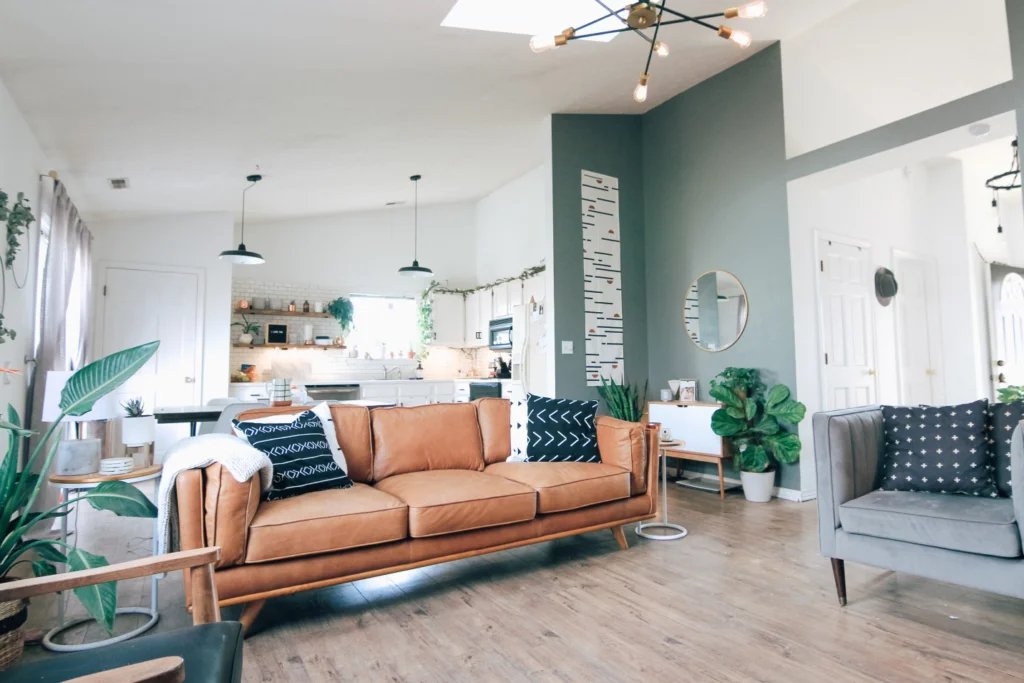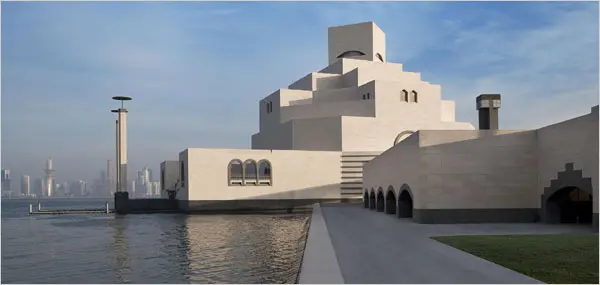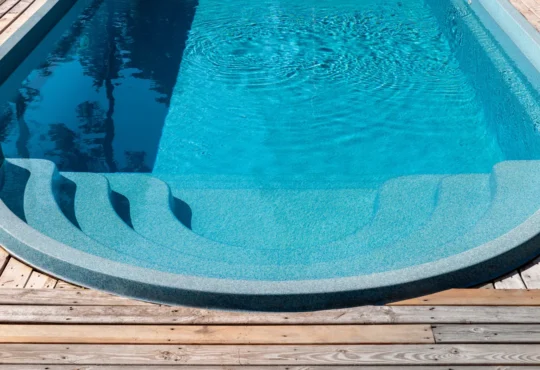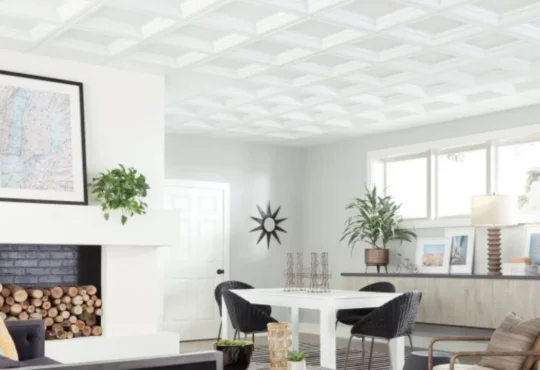Have you ever heard of HMO architecture? No? Well, let us tell you all about it! HMO stands for House of Multiple Occupancy, and it refers to a type of building that is designed to house several people at once.

These buildings are usually divided into separate rooms or apartments, and each tenant has their own private space. But wait, you might be thinking, doesn’t living in an HMO mean you have to sacrifice your privacy? Not necessarily! HMO architecture is all about finding the perfect balance between privacy and community.
What is HMO Architecture?
To put it simply, HMO architecture aims to balance privacy and community in a living space. This requires careful design of buildings with shared spaces, such as kitchens and living rooms, as well as private spaces, like bedrooms and bathrooms.
In an HMO, tenants have access to private spaces like bedrooms and bathrooms, as well as shared spaces where they can interact with their neighbours. This creates a sense of community that is often missing in other living arrangements.
The Benefits of HMO Architecture
Living in an HMO building comes with numerous benefits. Firstly, it provides a more affordable housing option, which is ideal for young people who are just starting out.
Additionally, it’s an excellent way to make new friends and meet new people since there are plenty of opportunities for socializing.
Moreover, HMO living promotes sustainability as tenants can share resources such as kitchen appliances and laundry facilities. All these advantages lead to a decrease in expenses.
Balancing Privacy and Community
Balancing privacy and community in an HMO building can be challenging due to tenants having varying schedules and lifestyles. However, with careful planning and design, HMO buildings can offer the best of both worlds.
For instance, soundproofing materials can be used to minimize noise levels, and private spaces can be located at opposite ends of the building to increase separation.
What Are The Benefits of HMO Architecture?
1. Affordability
HMO architecture has a major advantage in being a more cost-effective housing option, particularly for young adults who are beginning their lives. Renting a room in an HMO building can be much cheaper than renting a conventional apartment or house.
2. Community
Living in an HMO building can be a great way to meet new people and make friends. With shared spaces like kitchens and living rooms, there are plenty of opportunities for socializing and getting to know your neighbors.
3. Sustainability
HMO buildings can be a more sustainable housing option, as tenants can share resources like kitchen appliances and laundry facilities. This can help reduce energy consumption and waste.
4. Flexibility
HMO architecture provides more flexibility compared to traditional housing options. This is because there are various room sizes and configurations available for tenants to choose from based on their budget and needs.
Additionally, HMO buildings often provide short-term leases, which makes it convenient for tenants to move in and out when necessary.
Conclusion
The architecture of HMOs is focused on achieving a balance between privacy and community. For the most efficient and effective results, go with a reliable company like HMO Designers.
It is an excellent housing option for those who wish to save money, socialize, and live sustainably. With proper planning and design, HMO buildings can offer tenants the privacy they require while also providing a sense of community. So, next time you hear about an HMO building, don’t be afraid to give it a try!








